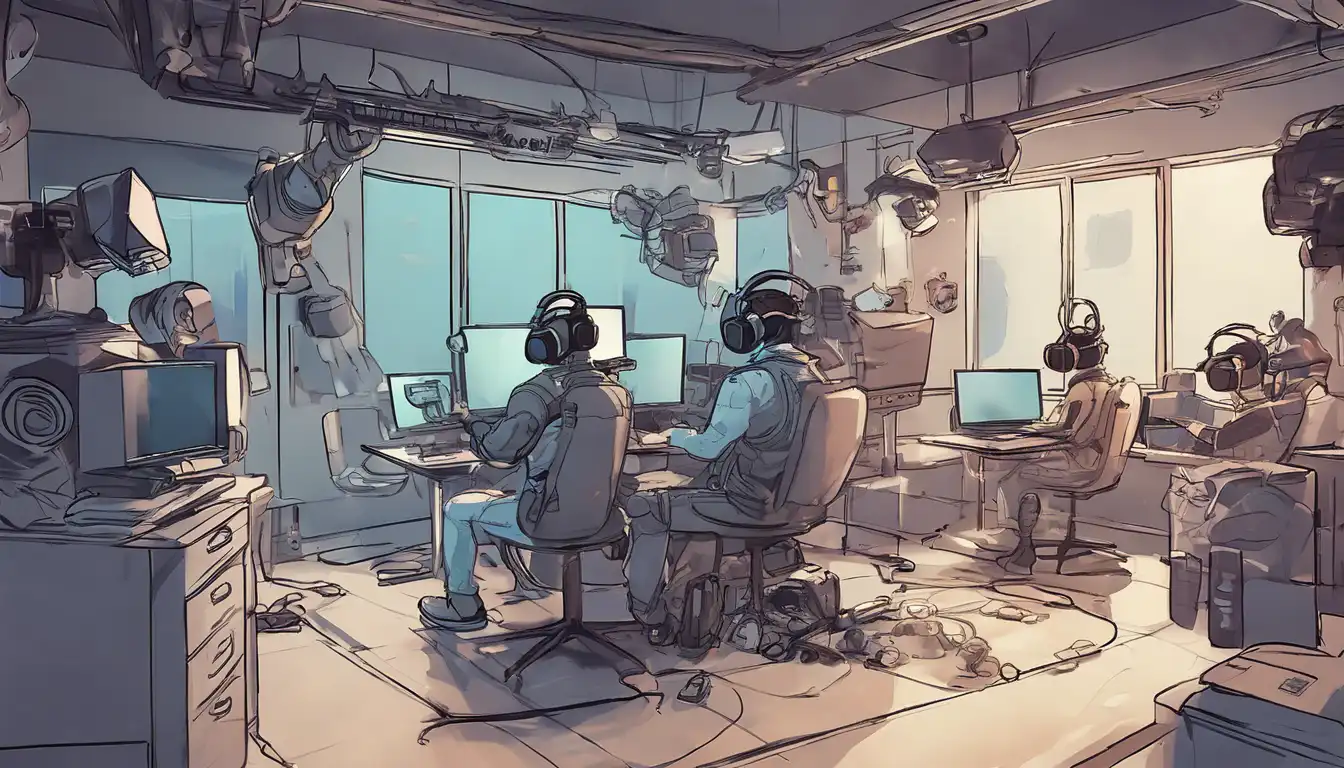Introduction to Virtual Reality Development
Virtual Reality (VR) development is an exciting field that combines creativity with technology to create immersive experiences. Whether you're interested in gaming, education, or enterprise applications, getting started with VR development can open up a world of possibilities. This guide will walk you through the basics, from understanding the hardware to writing your first VR application.
Understanding VR Hardware
Before diving into development, it's essential to familiarize yourself with the hardware that powers VR experiences. The most common devices include headsets like the Oculus Rift, HTC Vive, and PlayStation VR. These devices provide the visual and auditory feedback needed to create a sense of presence in a virtual environment.
Choosing the Right Development Tools
There are several tools and platforms available for VR development, each with its own strengths. Unity and Unreal Engine are two of the most popular game engines that support VR development. They offer extensive documentation and community support, making them ideal for beginners. Additionally, platforms like WebVR allow you to create VR experiences that run in a web browser.
Learning the Basics of VR Programming
Programming for VR involves understanding 3D graphics, physics, and user interaction. Languages like C# (for Unity) and C++ (for Unreal Engine) are commonly used. Start by learning the basics of these languages and then move on to VR-specific concepts such as spatial audio, gesture recognition, and locomotion techniques.
Creating Your First VR Project
Once you're comfortable with the tools and programming basics, it's time to start your first project. Begin with something simple, like a virtual room that users can explore. Focus on getting the fundamentals right, such as movement and interaction, before adding more complex features.
Testing and Iterating
Testing is a crucial part of VR development. Regularly test your application on the target hardware to ensure a smooth and comfortable experience for users. Pay attention to performance issues, motion sickness, and usability. Iterate based on feedback to improve your application.
Publishing Your VR Application
After refining your application, consider publishing it on platforms like the Oculus Store, SteamVR, or the App Lab. Each platform has its own submission guidelines, so make sure to review them carefully. Publishing your work not only shares it with the world but also provides valuable experience in the development lifecycle.
Conclusion
VR development is a rewarding journey that blends technical skills with creative vision. By starting with the basics, choosing the right tools, and continuously learning, you can create immersive experiences that captivate users. Remember, the VR community is vibrant and supportive, so don't hesitate to seek help and share your progress.
For more insights into VR development, check out our latest trends in VR and game development resources.
